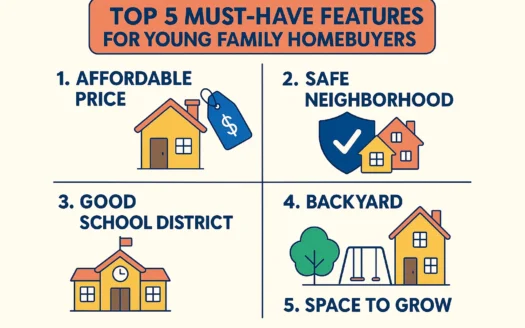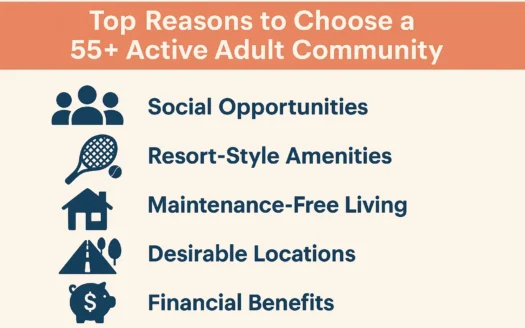Designing Homes for Family Members with Special Needs

When a Member of Your Family Has Special Needs, Designing a Home Takes on New Meaning
You’re no longer just worried with what will look great—you’re thinking about what will make it easy for every family member to enjoy your home with minimal fuss. Homes need to be safe, easy to navigate, and efficient in ways most of us take for granted. That’s the thinking behind the concept known as universal design, an approach that makes homes accessible to everyone, regardless of age or health.
“Many people adapt to what is there, rather than adapting their home to them,” says South Florida interior designer Shelley Siegel. What started as a specialty associated with the elderly has expanded into a market that caters to a wide variety of needs, both simple and complex. In recent years, families with children who have autism or conditions like cerebral palsy have sought the help of designers who specialize in creating spaces that enhance daily life.
“We [also] have so many multi-generational families sharing homes, and everyone has different needs,” Siegel adds. Even someone with arthritis can benefit from basic universal design principles. “It’s good design that anyone can use to make life safer and more convenient.”
Key Principles of Universal Design
- Lower light switches, thermostats, and controls for easier access.
- Replace knobs with lever-style handles for doors and cabinets.
- Choose smooth flooring (e.g., wood, tile) over carpet to reduce dust and improve mobility.
Room-by-Room Recommendations
In the Kitchen
- Install side-by-side appliances and front-load washers/dryers with front-facing controls.
- Ensure open space under countertops and tables for wheelchair access.
- Use smooth, flat countertops (e.g., granite) instead of tile for easier sliding.
- Add lazy susans or sliding shelves in pantries for accessibility.
In the Bathroom
- Opt for handheld showerheads and bath seats for ease of use.
- Install radiant floor heating or heated towel bars for temperature sensitivity.
- Keep emergency phones within reach.
Doorways, Hallways, and Stairwells
- Widen door frames and hallways for wheelchair or crutch access.
- Remove thresholds to prevent tripping.
- Add handrails on both sides of staircases.
In Bedrooms
- Ensure first-floor bedrooms with ample space for medical equipment.
- Organize closets and nightstands for easy access to medications.
- Consider a mini-fridge for drinks or medical needs.
In the Living Room
- Choose sturdy furniture with armrests for support.
- Use dimmable, glare-free lighting at eye level.
- Opt for wood tables over glass to avoid instability.
Final Tips
Before making changes, consult therapists, doctors, or builders to ensure designs meet both current and future needs. As one designer emphasizes, “A well-designed home isn’t just about aesthetics—it’s about creating a space where everyone can thrive.”
With thoughtful planning, universal design can transform your home into a safe, welcoming environment for all family members, regardless of age or ability.




